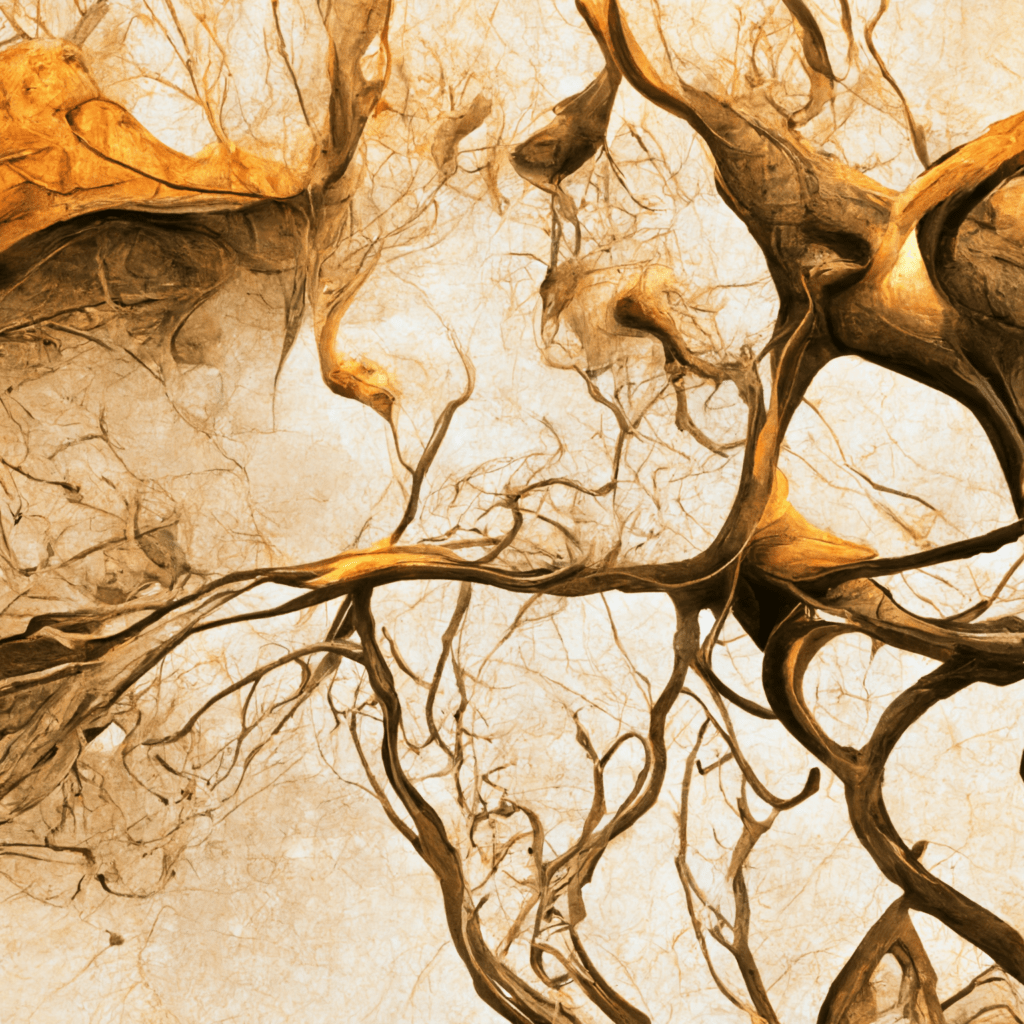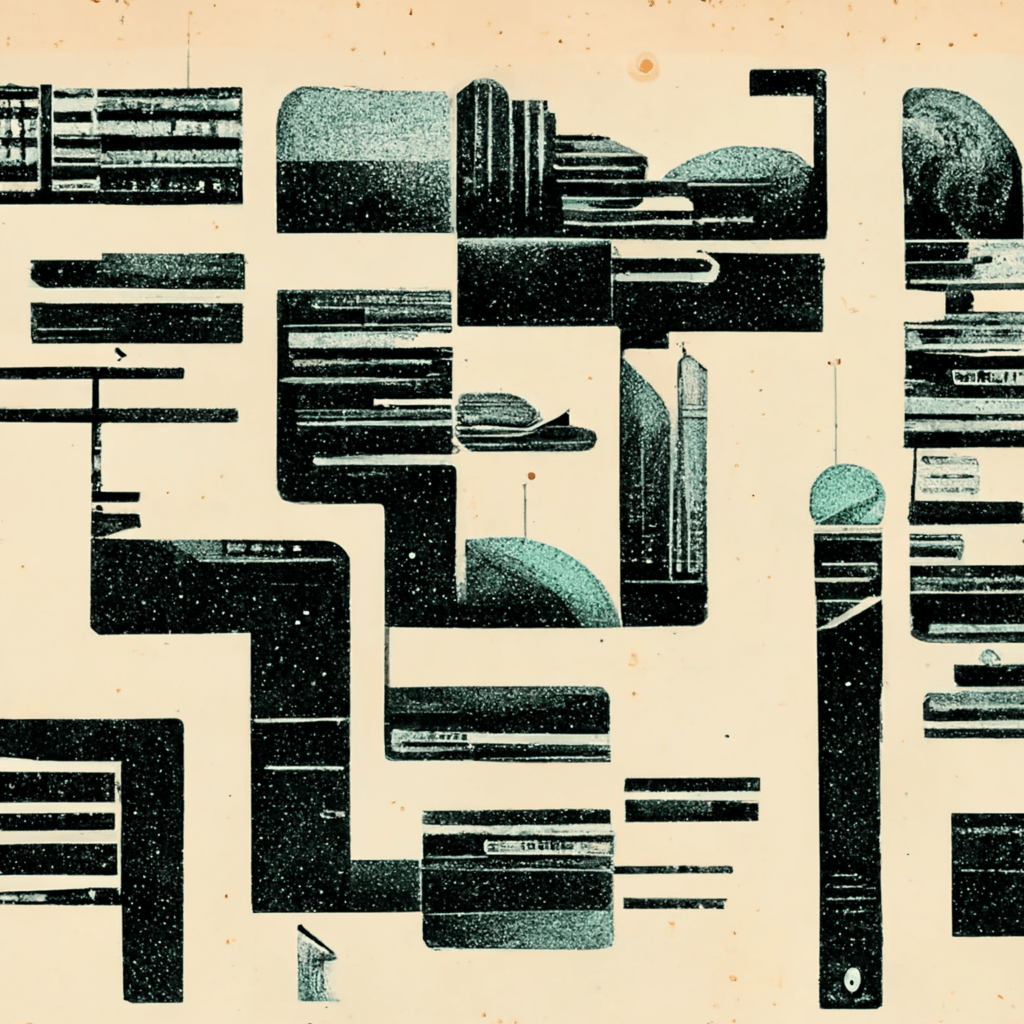
To understand how people use digital tools and respond to sales or marketing initiatives, we study the field of behavioral science. B. F. Skinner, a psychologist, and philosopher was the founder of the discipline. Since it’s founding, behavioral science has expanded to include many different principles that have been replicated in the lab.
At Field Theory, we put together a list of our favorite behavioral science principles. Each principle is beyond fascinating on it’s own but to help tell the story, we’ve paired each with a painting created by AI.

According to the Pratfall Effect, making mistakes might actually increase our likeability. However, it only works if people already perceive you as capable or performing
Explore More
A psychological concept known as the “Choice Overload Effect” describes the uneasiness that results from having so much information that you feel like doing nothing
Explore More
Defaults are pre-determined decisions that apply if a client doesn’t take any action. According to studies, consumers hardly ever alter the default settings. Microsoft discovered
Explore More
Salience is a term used to indicate something’s emotional impact or prominence. An element is salient if it stands out from its surroundings. It is
Explore More
The control premium, as used in behavioral economics, describes people’s readiness to forego prospective rewards in favor of maintaining control (and avoiding delegation) over their
Explore More
Time distortion, also known as temporal distortion, is a change in how someone perceives time. A temporal distortion has occurred when you have said to
Explore More
In the 1950s, Colin Cherry, a British cognitive scientist, identified the cocktail party effect. Cherry was curious as to why people focused on certain things.
Explore More
The Mere Exposure effect, a theory first proposed by social psychologist Robert Zajonc in the 1960s, holds that when people are familiar with something, they
Explore More
Choices can be presented in a way that emphasizes the advantages or disadvantages of a certain choice, changing how desirable they are in comparison. This
Explore More
The social custom of reciprocating a favorable activity with another positive action is known as reciprocity. It’s the reason you feel owe someone when they
Explore More
Loss aversion is a psychological concept that was first introduced by Nobel Prize winner Daniel Kahneman and states that people will do anything to avoid
Explore More
Confirmation bias is a term used by psychologist Peter Wason to refer to people’s propensity to look for, favor, and remember information that supports their
Explore More
The Halo Effect, also known as the Halo Bias, was named after psychologist Edward Thorndike and refers to people’s propensity to base their whole judgment
Explore More
The Decoy Effect explains how choices are impacted by price comparisons between products. It claims that people make choices based on personal preferences when there
Explore More
The Reference to Oneself According to Effect, when knowledge is pertinent to them, individuals remember it more readily. Different ways in which our brains encode
Explore More
Priming is the process by which our brains activate unconscious connections in response to a stimulus, as was first shown in the 1970s (also called
Explore More
A specific type of priming effect called “anchoring” uses an initial exposure to a number as a reference point and influences later judgments. The process,
Explore More
The Endowment Effect is a psychological bias that leads people to place a higher, frequently unreasonable, value on things they own than they would otherwise.
Explore More
The Cobra Effect, also known as perverse incentives, is a term used by German economist Horst Siebert to describe unanticipated negative outcomes when a reward
Explore More
The Fresh Start Effect is a term used to describe people’s propensity to move toward a goal after occurrences that signal new beginnings. The beginning
Explore More
Infinite Peak Rule states that people evaluate an experience depending on how they felt at its height and its trough, rather than the average of
Explore More
Operational Transparency is the approach your business uses to include windows so customers can view the work that goes into their experience. Recent studies have
Explore More
The ease or fluency with which our brains digest information is known as cognitive ease or fluency. Something’s cognitive easiness will change how we feel
Explore More
According to the “Cashless Effect,” customers find it more difficult to spend money the more tangible their payments are. The term “pain of payment” is
Explore More
Gruen Effect (also known as the Gruen Transfer). They end up forgetting why they went to the store in the first place, which leads to
Explore More
It takes a lot of mental effort to decide. Decision fatigue is the term used to describe how making a lot of decisions can drain
Explore More
The Zeigarnik Effect is the compulsion we have, even when we’re not very engaged in the task at hand, to finish what we’ve started. Bluma
Explore More
When people follow others’ lead rather than relying on their own knowledge or making their own decisions, this influence is obvious. Herding theory has a
Explore More
Customers like straightforward experiences. A yearly listing of the brands with the least complicated customer experiences is known as the Simplicity Index, developed by Siegel+Gale.
Explore More